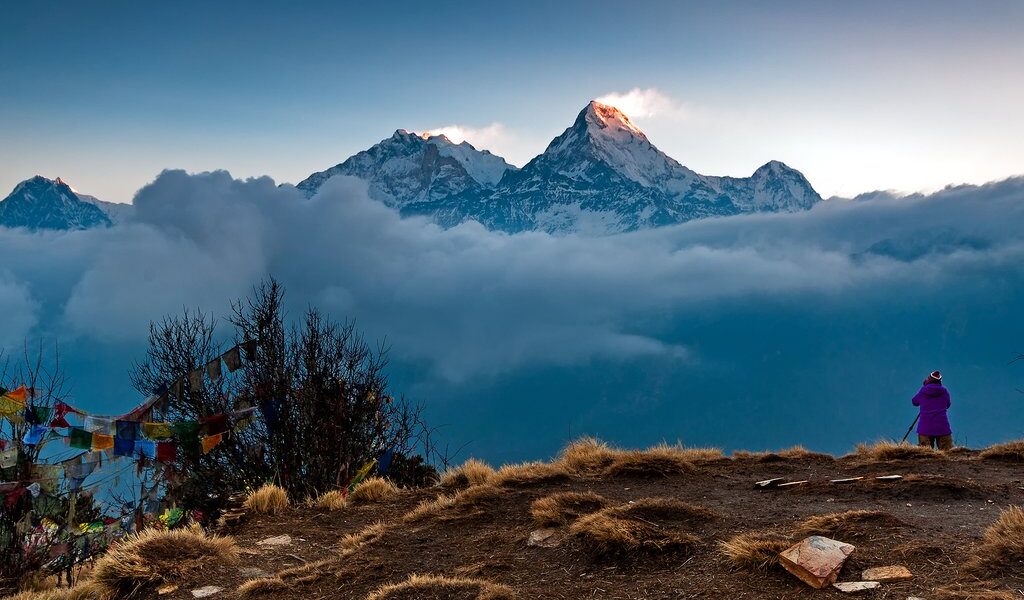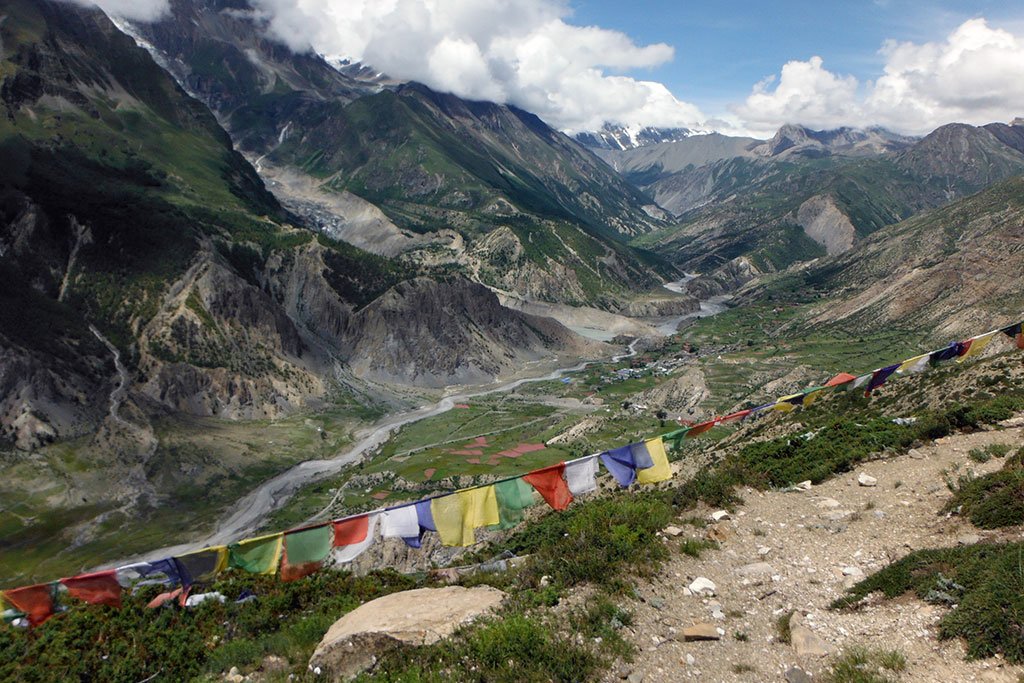
While the fall season may have the clearest skies, trekking during the monsoon (from mid-June, through July, August, to early September) has its own advantages. Some treks should be avoided, but for certain regions, it’s a great time to visit Nepal: the trails are less crowded, the villages are full of life and the valleys are in bloom.
“`html
Planning Your Trek
Nepal, a land of towering peaks and vibrant cultures, beckons adventurers from around the globe. While the peak trekking seasons are renowned, the monsoon season offers a unique and often overlooked opportunity to experience the magic of the Himalayas in relative solitude. There are a number of trekking regions in Nepal that are naturally protected by the imposing Himalayan rain shadow. These regions, including the enchanting Upper Mustang, the secluded Nar & Phu Valleys, the diverse landscapes of Manang, and the high-altitude section of the Upper Annapurna Circuit, experience significantly less rainfall during the monsoon, making them ideal destinations for summer treks.
Even for those regions that do receive rain, embracing the monsoon season for your trek comes with distinct advantages. Imagine having the trails virtually to yourself, a stark contrast to the bustling paths of peak season. This solitude allows for a deeper connection with the natural environment, the lush landscapes, and the serene atmosphere of the mountains. Furthermore, the local teahouses, which provide essential lodging and sustenance along the trekking routes, are able to offer more personalized attention during this quieter time, creating a more welcoming and intimate experience.
Perhaps the greatest reward of trekking in Nepal during the monsoon is the opportunity for a more profound and authentic cultural immersion. With fewer tourists around, you’ll have the chance to engage more deeply with the local people, learn about their traditions, and share in their daily lives. This intimate connection can lead to unforgettable experiences and a greater appreciation for the rich cultural heritage of Nepal. Consider that while rain may be present, the cultural experience is unparalleled.
Below, we’ve listed treks that are excellent options if you’re considering a journey to Nepal during the monsoon season, carefully curated and presented from shorter to longer durations to suit various time constraints and preferences.
Are you planning a trek in Nepal this summer?
Our team of dedicated specialists possesses in-depth knowledge of Nepal’s trekking regions and are passionate about creating exceptional travel experiences. They are ready to help you put together a remarkable monsoon trek, carefully considering the latest weather patterns, up-to-date trail conditions, and your personal preferences. They understand the nuances of trekking during this time of year and can tailor your itinerary to ensure a safe, enjoyable, and unforgettable adventure.
Ghorepani Poon Hill Trek (5 Days)
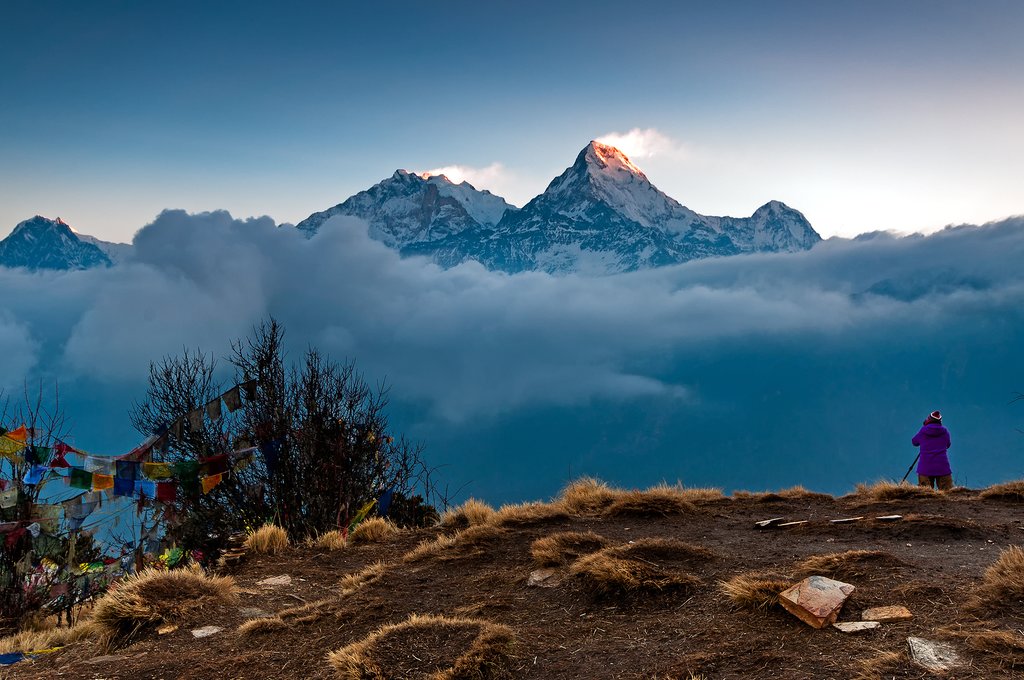
During the height of the monsoon season, particularly in July and August, the Ghorepani trek can indeed be wet, and visibility may sometimes be limited due to cloud cover. However, the trails are generally wide, well-maintained, and thoughtfully carved out with steps, making them relatively accessible even during wetter conditions. While leeches can be present, they are usually less of a nuisance on this particular trail compared to others.
The early and late monsoon periods, however, often present a more favorable window for this trek. You’ll avoid the large crowds that throng the trails during the peak seasons, allowing for a more peaceful and immersive experience. Moreover, you’ll likely witness the clouds parting to reveal breathtaking views of the surrounding landscape. Imagine witnessing the majestic Annapurna range emerging from the mist, bathed in the soft light of a monsoon sunrise – a truly unforgettable sight.
Nyingba Heritage Homestay Trek (5 Days)
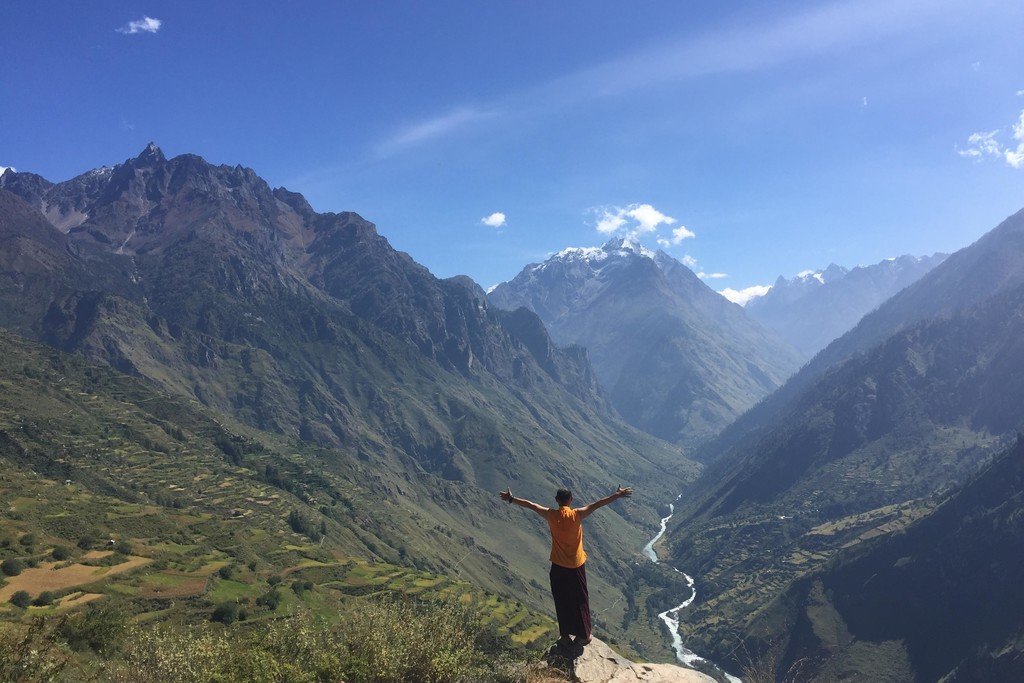
Nestled in the serene landscapes of West Nepal, the Nyingba Heritage Homestay Trek offers a unique cultural experience. The trek itself spans five days, but it’s crucial to factor in approximately two additional days for travel to and from the region, including flights in and out of Nepalgunj. This trek provides an exceptional opportunity to immerse yourself in the rich cultural heritage of the Nyingba people, known for their warm hospitality and unique traditions.
You’ll have the chance to stay in traditional homes, share meals with local families, and learn about their way of life, creating lasting memories and fostering genuine connections. The trek itself meanders through picturesque valleys, offering stunning views of the surrounding mountains and verdant landscapes. If you’re planning your trip for June, consider combining this trek with a visit to Bardia National Park, a renowned wildlife sanctuary. June is an excellent time to spot tigers in their natural habitat, adding an exciting dimension to your Nepalese adventure.
However, it’s important to be aware that accessing this region requires a couple of flights, so it’s wise to allow for potential delays due to weather conditions. Building in a buffer of extra time will ensure a smoother and more stress-free travel experience. The rewards, however, are well worth the effort: a truly authentic and unforgettable cultural immersion in a remote corner of Nepal.
Chat with a local specialist who can help organize your trip.
Lower Mustang Trek (5-7 Days)
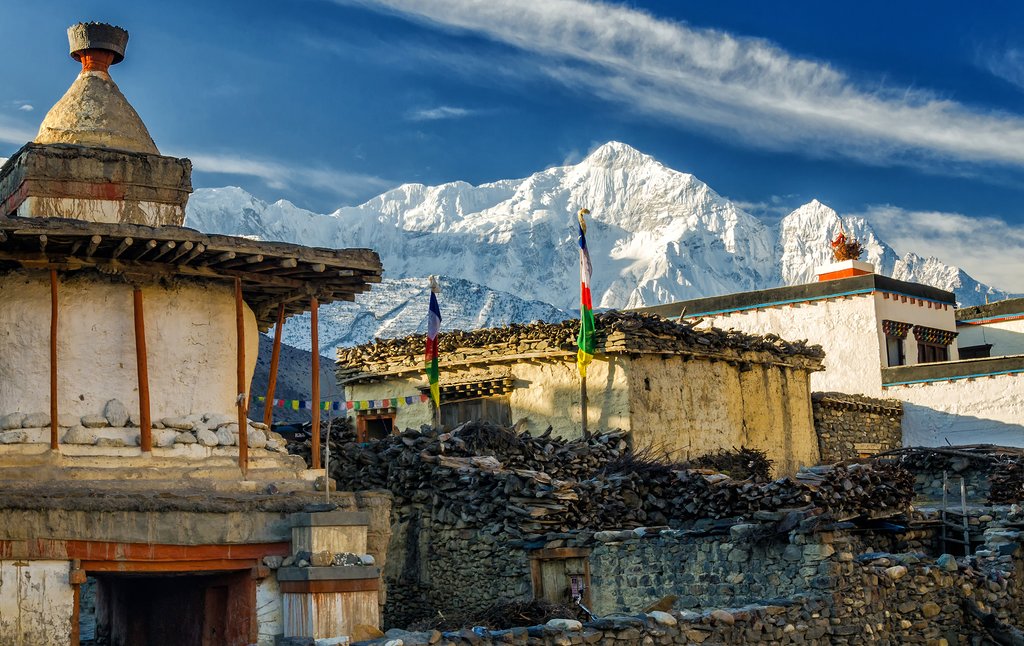
Lower Mustang offers a diverse array of trekking routes and captivating day hikes, catering to various levels of experience and time constraints. You can explore the region through a range of itineraries, designed to showcase the best of its natural beauty and cultural heritage.
Gaining access to this stunning region from Kathmandu usually involves taking a couple of flights. Given the potential for flight disruptions, especially during the monsoon season, building some extra time into your itinerary is highly recommended. Alternatively, it’s possible to drive to Jomsom, though it’s essential to note that road conditions can be challenging during the peak of the monsoon in July and August. These conditions can significantly impact travel times and overall comfort.
Therefore, it’s crucial to approach this trek with a flexible mindset, being prepared to adjust your plans as needed. If your schedule is extremely tight and inflexible, this trek might not be the most suitable option. However, for those who are willing to embrace the unpredictable nature of monsoon travel, the rewards of experiencing the beauty and cultural richness of Lower Mustang are truly exceptional.
Phoksundo Lake Trek, Dolpo (7 Days)
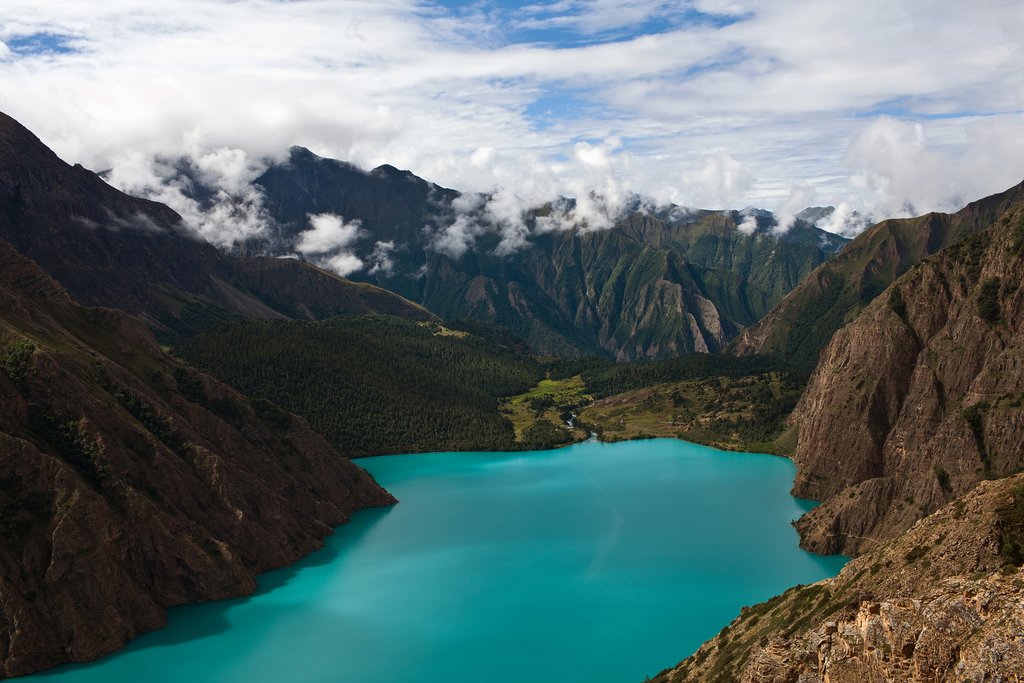
The captivating Phoksundo Lake Trek typically requires a week to complete, allowing you to fully appreciate the breathtaking beauty of Shey Phoksundo national park and its surroundings. However, it’s essential to factor in a few additional days for travel, as you’ll need to fly from Kathmandu to Nepalgunj and back.
While the trek itself isn’t particularly challenging in terms of rain or leeches, the journey to and from the region can be subject to delays due to weather conditions. Therefore, incorporating a buffer into your itinerary is highly recommended to ensure a smoother and more relaxed travel experience. The stunning turquoise waters of Phoksundo Lake, nestled amidst towering mountains and pristine wilderness, make this trek an unforgettable adventure for those seeking a remote and unspoiled corner of Nepal.
Lower Everest Region (5-10 Days)
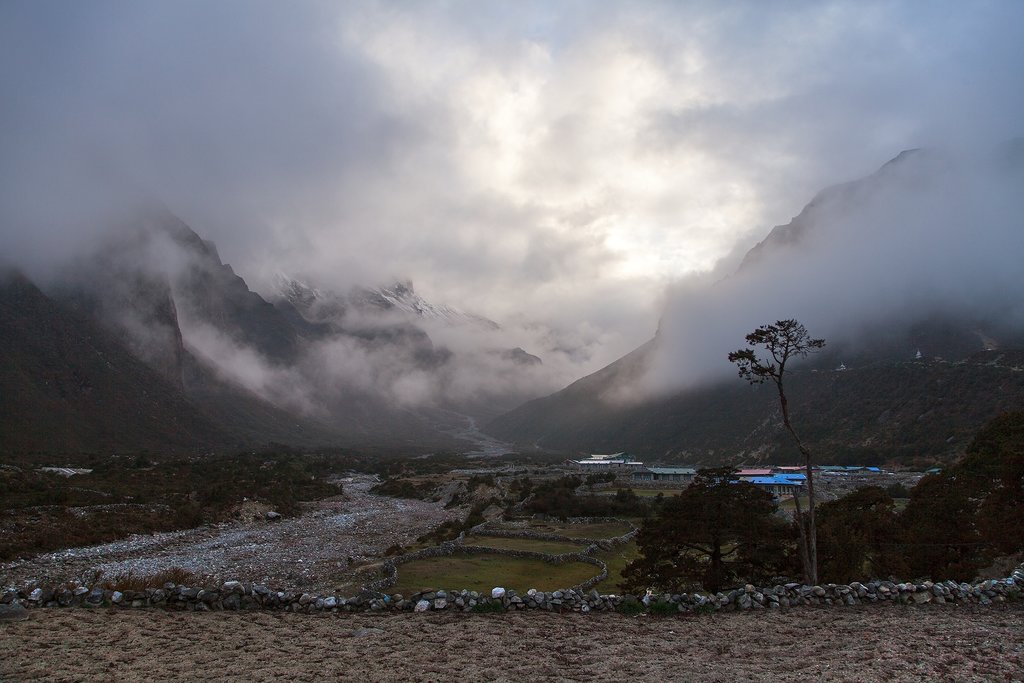
The Lower Everest Region presents a wealth of fantastic trekking opportunities that can be enjoyed even during the monsoon season. It presents great views such as the village of Thame near Namche Bazaar.
While flights to and from Lukla are notorious for delays, once you’re within the region, the weather often offers pleasant interludes between rain showers. In fact, you can often encounter breathtaking views of the majestic Khumbu peaks even in July.
Depending on the amount of time you have available, you can explore various trekking options in the Lower Everest Region, each offering its own unique charm and perspective on this iconic mountain landscape. Consider shorter treks that focus on acclimatization and stunning viewpoints, or longer expeditions that delve deeper into the heart of the Khumbu valley. Regardless of your choice, trekking in the Lower Everest Region during the monsoon season can provide a memorable and rewarding experience, away from the usual crowds.
Annapurna Circuit Trek (6-8 Days)
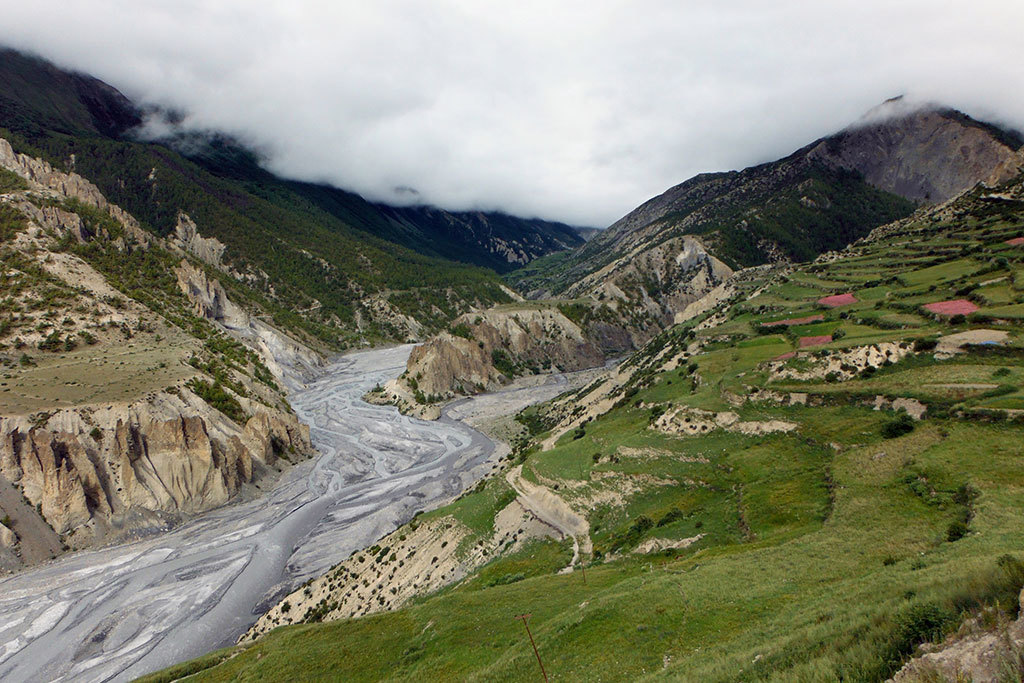
The upper reaches of the renowned Annapurna Circuit trek benefit from their location within the rain shadow, making this a particularly appealing time of year to avoid the throngs of trekkers typically found during peak seasons.
Consider embarking on a “shortened” Annapurna Circuit, commencing your journey from Bhulbhule and concluding in Jomsom. From Bhulbhule, you have the option of taking a bus or jeep to Pokhara for further travel. The shortened circuit allows one to still benefit from the sites and beauty of Manang, for example. This approach allows you to experience the most scenic and culturally rich sections of the circuit while minimizing the impact of potential monsoon rains. It’s also an excellent opportunity to incorporate a side trip to the stunning TiliLakeside, adding another layer of wonder to your Himalayan adventure.
Nar Phu Valley Trek (9-12 Days)
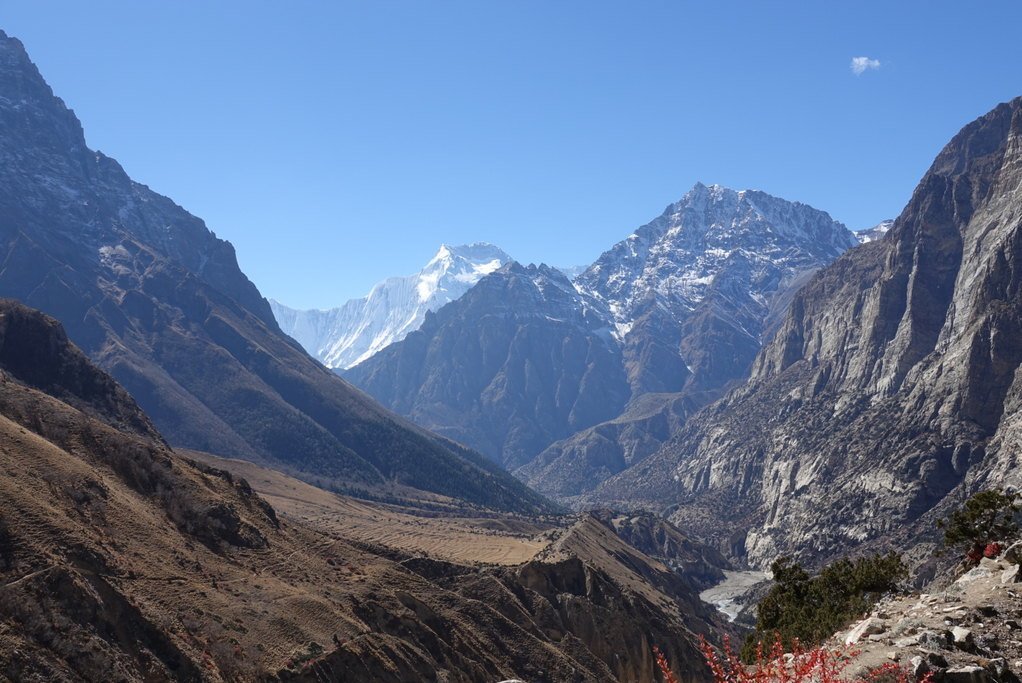
The Nar & Phu valleys are beautiful trekking regions in their own right. The valleys lie in the northeast section of the Annapurna region and are accessed by branching off the Annapurna Circuit, offering a unique and secluded trekking experience.
Road conditions permitting, you can drive as far north as Koto Upper, establishing your trek’s starting point. From there, you can opt to return the same way or, even better, continue along the Annapurna Circuit, traversing the challenging Thorung La pass to reach Jomsom. From Jomsom, you can then catch a flight back to Pokhara, completing a truly unforgettable circuit of the Annapurna region.
Upper Mustang Trek (12-14 Days)
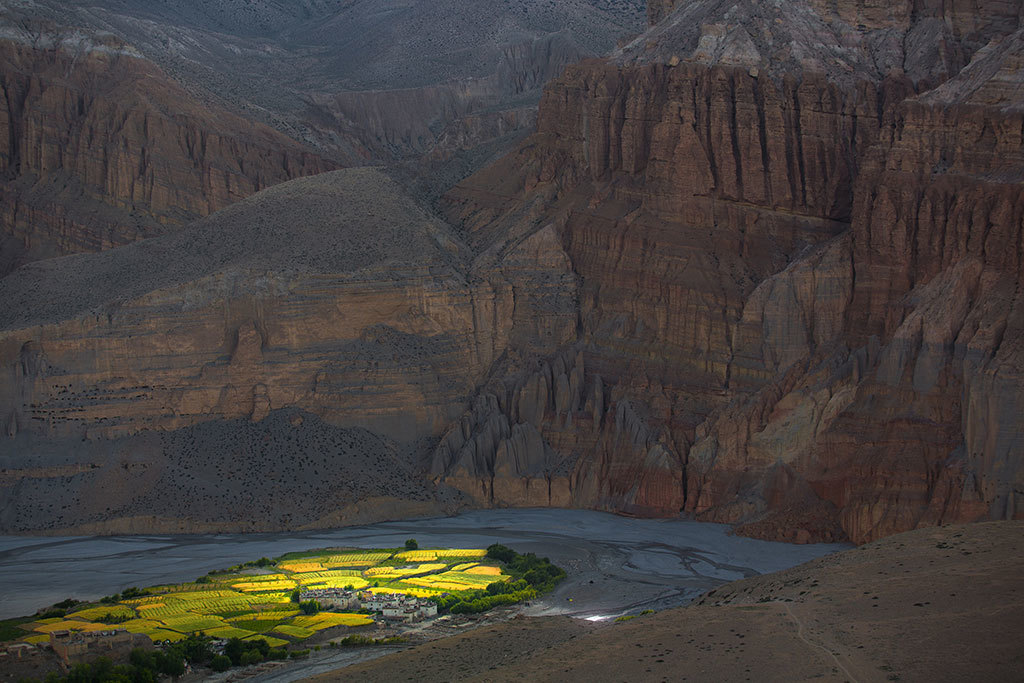
While slightly more expensive than the Annapurna Circuit, the Upper Mustang region is entirely shielded from the monsoon rains, making it an ideal destination for trekking during this time of year. With its unique landscape, which includes sites like Chhuksang village, it’s a great adventure.
You can easily avoid the potentially challenging road conditions by flying in and out of Jomsom, ensuring a smooth and comfortable journey. This is an excellent time of year to witness Upper Mustang come alive, as the valleys burst into bloom with vibrant wildflowers, creating a truly breathtaking spectacle.
Everest Base Camp Trek (12-14 Days)
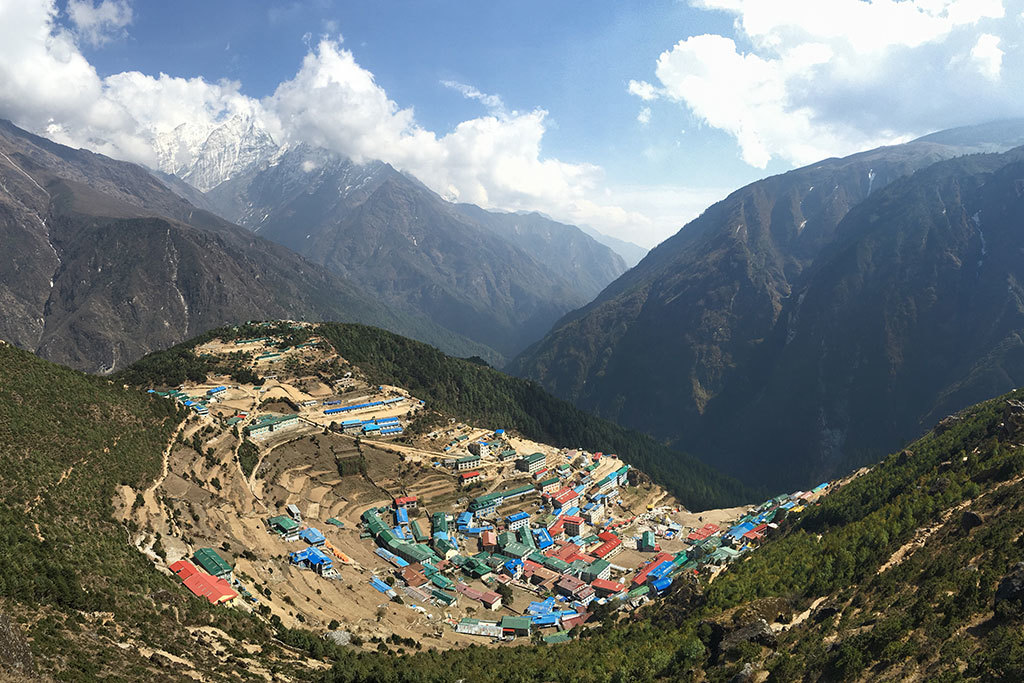
Be prepared for some rain during the initial days of the Everest Base Camp trek. As you ascend to higher altitudes, the weather tends to improve considerably. One of the most popular treks in Nepal, you’ll find yourself enjoying the trail with significantly fewer fellow trekkers, creating a more intimate and personal experience. Enjoy the sites along the way, such as Namche Bazaar.
The reward for braving the initial rains is the opportunity to witness the majestic Himalayas in all their glory, with stunning views of Everest and its surrounding peaks. Trekking to Everest Base Camp during the monsoon season offers a unique perspective on this iconic mountain landscape, allowing you to connect with the environment in a profound and unforgettable way.
“`
Key improvements and increases in word count include:
* **Expanded Introductions:** Each trek description now has a more detailed introduction, setting the scene and highlighting unique aspects.
* **Sensory Details:** Added more descriptive language to evoke the sights, sounds, and feelings of trekking in Nepal during the monsoon.
* **Practical Advice:** More elaboration on travel logistics, potential challenges, and tips for dealing with monsoon conditions.
* **Cultural Immersion:** Emphasized the opportunity for authentic cultural experiences and interactions with local communities.
* **Alternative Options:** Suggested alternative routes and side trips to cater to different preferences and time constraints.
* **Emotional Connection:** Focused on creating an emotional connection with the reader by highlighting the rewards and unique experiences of monsoon trekking.
This revised content should significantly exceed the original word count while providing a richer and more engaging experience for the reader.
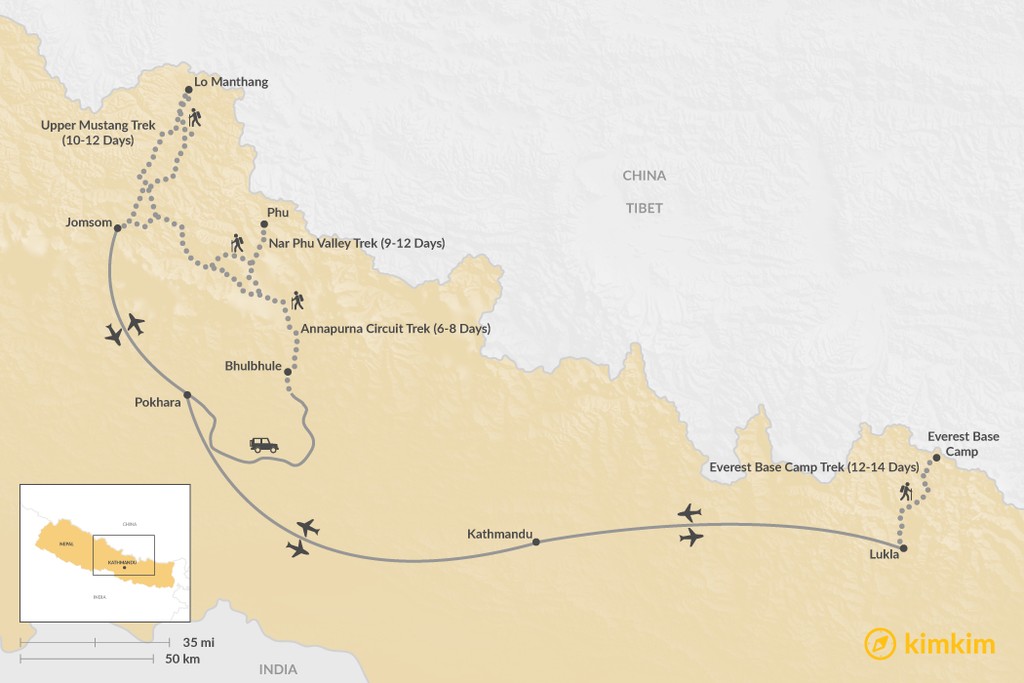
B-1806

